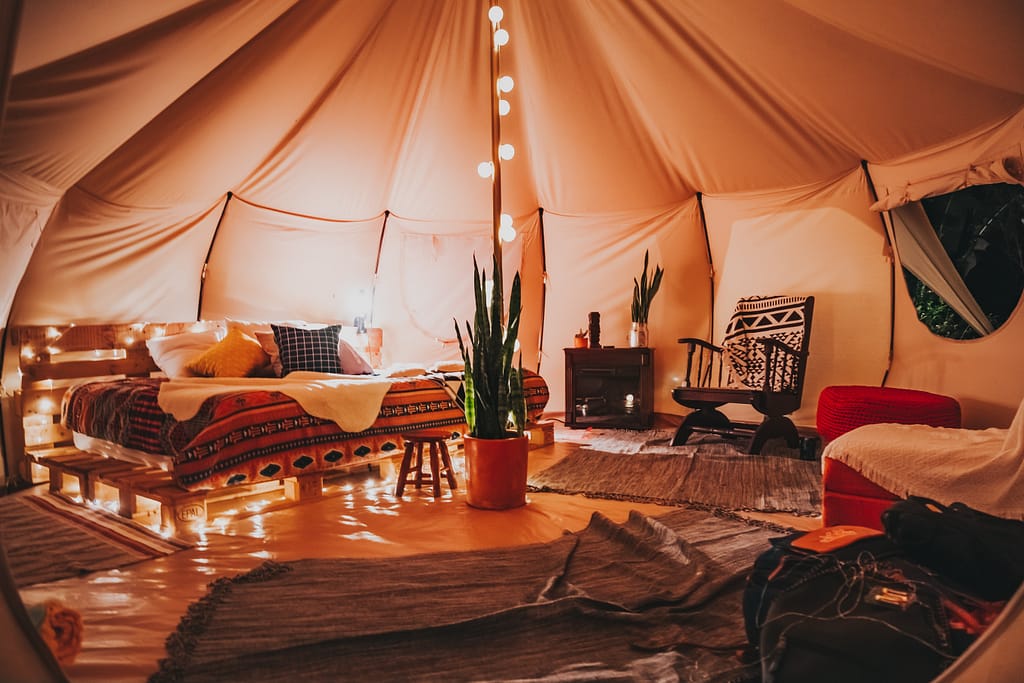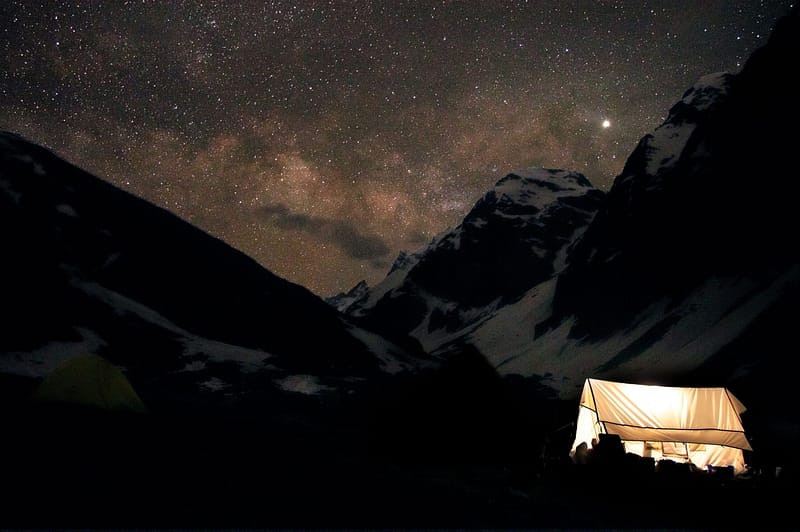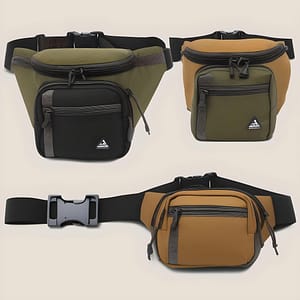If you’re tired of those boring old traditional houses and want to spice up your camping game, then I got what you looking for. Today, we’re talking about the ultimate shelter for all you daring souls out there – tent houses! So buckle up and let’s dive into the awesome world of tent houses.
What is a tent house?
A tent house is essentially a portable structure made of fabric, typically nylon or canvas, supported by poles and ropes. It’s designed to be easily set up and taken down, perfect for those who love to explore different locations without being tied down to one place. Whether you’re camping in the mountains, by the beach, or even in your own backyard, a tent house is your ticket to adventure.
What are the advantages of having a tent house?
First things first, let’s break it down. A tent house is basically a tent but with a little extra pizzazz. It’s like the fancy cousin of regular tents, the one that shows up at family reunions wearing a bowtie and a top hat. These bad boys are designed to provide you with all the comfort and convenience of a regular house, while still keeping that wild and adventurous spirit of camping alive.
Now, let’s dive into the advantages of having a tent house.
Versatile
First and foremost, these babies are incredibly versatile. Whether you’re camping in the mountains, exploring the beach, or even just setting up camp in your own backyard (because, hey, who says you can’t go on an epic adventure at home?), a tent house has got your back. It’s like having a portable home away from home, ready to be pitched wherever your heart desires.
Space
Another fantastic advantage is the space. Oh, the glorious space, Unlike regular tents that leave you feeling like a sardine in a can, tent houses offer room to stretch out and relax. You see, tent houses are designed to give you that extra breathing room that regular tents just can’t provide. You can have separate sleeping areas for you and your camping buddies, so no more kicking each other in the middle of the night. Trust me, that alone is worth every penny.
But wait, there’s more! Tent houses also come with a living space. Yeah, you heard me right. You can have your own little living room in the great outdoors. Picture this: you’re sitting on a comfy camping chair, sipping on a cold beverage, and watching the sunset from the comfort of your tent house. It’s like having a front-row seat to nature’s greatest show.
Durability
Another advantage of tent houses is their durability. Unlike flimsy tents that can’t withstand a strong gust of wind or a sudden downpour, tent houses are built to withstand the elements. With sturdy poles and waterproof materials, you can rest easy knowing that you won’t wake up in a puddle or get blown away.
And if that wasn’t enough, some tent houses even come with a porch. A porch, You can sit outside, enjoy the fresh air, and still be protected from the elements. It’s like having the best of both worlds. You can soak up the sun or chill in the shade, whatever floats your boat.

Is it easy to set up a tent house?
If you’re a seasoned camper, you’ve probably mastered the art of pitching a tent. But for all you newbies out there, fear not, Setting up a tent house is relatively easy. Most modern versions of tent houses are designed with user-friendly features in mind. Gone are the days of struggling with poles and confusing instructions. These babies are made to be set up with ease, even if you’ve never pitched a tent before.
1. Familiarize Yourself with Your Tent House:
Before you head out on your camping adventure, take some time to get to know your tent house. Unpack it, lay it out, and familiarize yourself with all the components. This will make the setup process much smoother when you’re out in the wild.
2. Choose the Right Campsite:
Selecting the perfect spot for your tent house is crucial. Look for a flat and level area free of rocks, roots, and other potential obstacles. Avoid low-lying areas that could flood during rainstorms. Oh, and make sure you’re not setting up on top of an ant hill. Trust me, you don’t want to wake up to an army of ants invading your tent house.
3. Clear the Area:
Before you start pitching your tent house, clear the area of any debris or sharp objects. Nobody wants a ripped tent floor because of a rogue rock hiding under the surface. Plus, it’s always a good idea to remove any sticks or branches that could poke through your tent fabric during windy nights.
4. Follow the Instructions:
I know, I know, reading instructions is not the most exciting part of setting up a tent house. But trust me, it’s worth it. Most tent houses come with simple step-by-step instructions that make the setup process a breeze. Don’t be that guy who ends up with a lopsided tent house because he thought he could wing it.
5. Practice Makes Perfect:
If you’ve never set up a tent house before, don’t worry. Before you head out on your camping trip, take the time to set up your tent house in your backyard or even in your living room. I mean, who doesn’t want to turn their living room into a campground, right? By practicing setting up your tent house, you’ll become familiar with the process and be able to troubleshoot any issues that may arise.
Do tent houses provide insulation from the weather?
One of the main issues regarding any tent is insulation. When you’re out in the wild, Mother Nature can throw all sorts of weather conditions at you, from scorching heat to bone-chilling cold. So, it’s only natural to wonder if tent houses can keep you snug and cozy while the elements rage outside.
The answer is a resounding maybe. You see, tent houses come in various shapes and sizes, and the level of insulation they provide can differ greatly. Some tent houses are made with materials that offer better insulation properties, while others may prioritize breathability over thermal protection.
If you’re looking for a tent house that can withstand chilly nights and keep you toasty warm, keep an eye out for features like double-layered walls, insulated flooring, and weatherproof coatings. These additions can help trap heat inside and keep the cold air out.
Are there any safety precautions to consider when using a tent house?
let’s talk about some important safety precautions you should consider. First and foremost, let’s talk about location. When setting up your tent house, make sure you choose a spot that is level and free from any potential hazards. Look for a spot that is away from dead trees, overhanging branches, and rocky terrain. Trust me, waking up with a tree branch poking into your tent is not the most pleasant way to start your day, unless you’re into that kind of thing.
Next up, let’s talk about weather. While tent houses are designed to withstand various weather conditions, it’s important to be mindful of extreme weather situations. If you’re expecting heavy rain or strong winds, consider investing in a tent house with sturdy materials and proper waterproofing. A soggy tent house can quickly turn a fun camping trip into a damp disaster.
Speaking of disaster, let’s not forget about fire safety. Always make sure to keep your tent house at a safe distance from any open flames or cooking equipment. It’s also a good idea to have a fire extinguisher handy, just in case things get a little too hot to handle.

Are there any special instructions for taking down a tent house?
Now for the part where we taking down a tent house. First, make sure the tent house is completely dry before packing it away. This will help prevent any mold or mildew from forming and keep it in good condition for future use.
Start by removing any stakes or pegs from the ground and folding them up neatly. Then, carefully remove the poles and collapse them down to their shortest length. Some tent houses may have color-coded poles or markings to help you remember which goes where, so keep an eye out for those.
Next, begin folding the tent house itself. Start by folding in the sides towards the center, and then fold it in half lengthwise. From there, you can roll it up tightly, starting from one end and working your way towards the other. Secure it with straps or ties to keep everything in place.
When storing your tent house, it’s best to keep it in a cool, dry place. Avoid storing it in a damp basement or attic, as this can cause damage to the fabric or materials over time. If possible, use a storage bag or container to keep it protected from dust and pests.
Inflatable tent house
Ah, inflatable tent houses. Now we’re talking! This tent Is like the VIP section of the camping world. Just imagine, instead of struggling with poles and stakes, you get to enjoy the luxury of inflating your tent house like a bouncy castle. It’s like having your own personal air-filled paradise in the great outdoors.
But before you run off and invest in an inflatable tent house, there are a few things you should know. First and foremost, you need to make sure you have a good pump. Trust me, trying to blow up an entire tent house with your lungs is a surefire way to pass out before you even get to enjoy the camping experience. So do yourself a favor and invest in a sturdy pump that can handle the job.
The setup
Now, let’s talk about setup. Inflating a tent house is surprisingly easy. Just lay it out flat, attach the pump, and watch as it magically comes to life. It’s like watching a giant balloon animal take shape. And here’s a pro tip: make sure to stake down the corners and secure the tent house with guy lines. The last thing you want is for your new inflatable palace to blow away in the wind.
Taking the tent down
But what about taking it down, you ask? Well, taking down an inflatable tent house can be a bit of a challenge, but with a little finesse, you’ll have it packed up and ready to go in no time. Here’s a step-by-step guide to help you out:
1. Start by opening all the valves to release the air. This will make it easier to fold and pack up.
2. Once all the air is out, carefully fold the tent house in half lengthwise. Make sure to smooth out any wrinkles or creases as you go.
3. Next, fold in the sides towards the center, just like you did when setting it up. This will help to keep everything compact and neat.
4. Now comes the tricky part – rolling it up. Start from one end and roll tightly towards the other. You may need to use a little muscle to get it nice and snug.
5. Once it’s rolled up, secure it with any straps or ties that come with the tent house. This will help to keep everything in place during transport.
6. Finally, store your deflated tent house in a cool, dry place. Avoid damp basements or attics, as this can cause damage to the fabric or materials over time. If possible, use a storage bag or container to keep it protected from dust and pests.
A summary
In conclusion, tent houses are a fantastic option for those who love camping but want a little extra comfort and convenience. They provide a cozy and secure shelter, allowing you to fully enjoy the great outdoors without sacrificing a good night’s sleep. Plus, setting up and taking down a tent house is a breeze, so you can spend less time fumbling with poles and more time roasting marshmallows by the campfire.
Remember, when choosing a tent house, consider factors like size, location, and weather conditions. And don’t forget to practice proper fire safety and maintenance to keep your tent house in tip-top shape.
So, whether you’re embarking on a solo adventure or planning a camping trip with friends, a tent house is the way to go. Embrace the wonders of nature while still having a cozy, comfortable abode to call your own. Happy camping!





